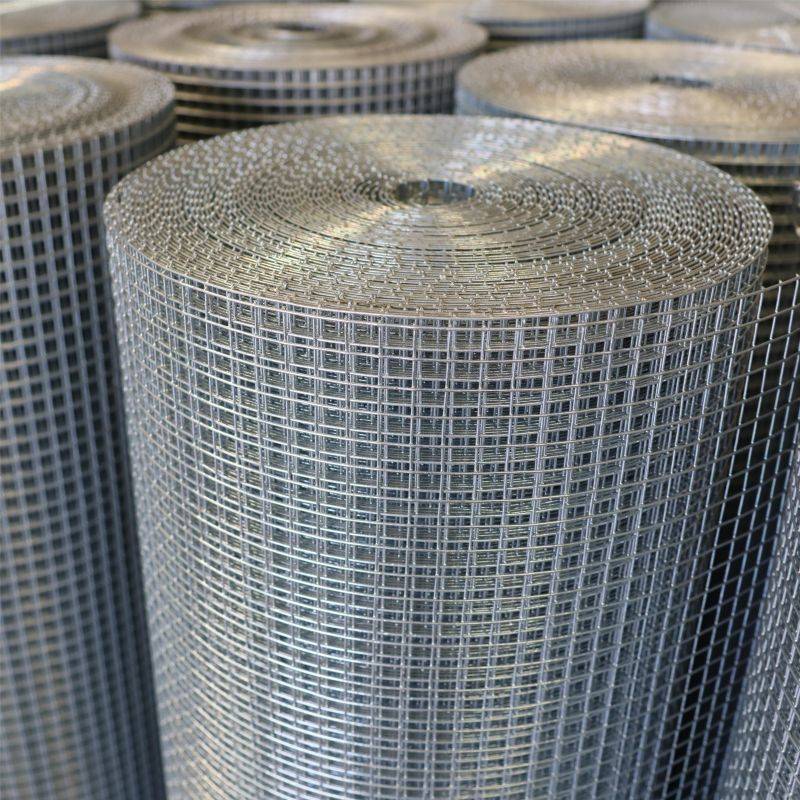Understanding the Expenses Associated with Welded Wire Fabric Production
Understanding the Cost of Welded Wire Fabric
Welded wire fabric (WWF), often referred to as welded wire mesh, is a steel reinforcing material used extensively in construction and civil engineering projects. Its versatility and strength make it a popular choice for reinforcing concrete structures, but many factors influence its cost. Understanding these elements is crucial for contractors, builders, and DIY enthusiasts when planning a project.
What is Welded Wire Fabric?
Welded wire fabric consists of a series of wires arranged in a grid pattern, which are then welded together at their intersections. This design provides excellent tensile strength and stability, making it ideal for a range of applications, from flooring to walls and even agricultural uses. The gauge of the wire, spacing of the mesh, and overall dimensions are critical specifications that clients consider when selecting the right type of welded wire fabric for their needs.
Factors Influencing Cost
1. Material Type The primary material used in welded wire fabric is steel, specifically carbon steel or galvanized steel. Galvanized steel, coated with zinc to prevent corrosion, typically costs more than regular carbon steel due to the additional processing involved. However, its enhanced durability and longevity can justify the higher price, especially in environments prone to moisture.
2. Wire Gauge and Mesh Size The gauge of the wire and the spacing of the mesh openings directly affect the cost. Heavier gauges (thicker wires) and tighter mesh spacing provide more strength and support, but they also lead to increased material costs. Depending on the load-bearing requirements of a project, builders must balance the need for strength with budget considerations.
cost of welded wire fabric

3. Quantity and Order Size Like many construction materials, the cost of welded wire fabric often decreases with larger order quantities. Bulk purchases can lead to significant savings, making it beneficial for contractors to plan ahead and order sufficient materials for multiple projects whenever possible. Additionally, local suppliers may offer bulk pricing that can vary by region.
4. Manufacturing Costs The manufacturing process of welded wire fabric can add to its cost. Factors including labor, machinery, and energy costs influence the overall price. Furthermore, additional treatments such as coating or rust-proofing can also increase costs. It’s essential to consider these variables when budgeting for materials.
5. Transportation and Logistics The cost of transporting welded wire fabric from the manufacturer to the project site can significantly impact the total expense. Geographical location, local demand, and fuel prices are all contributors to transportation costs. Builders should factor these elements into their overall project budget.
6. Market Fluctuations The price of raw steel is subject to market fluctuations influenced by global demand and supply chains. Economic factors, trade policies, and international relationships can lead to sudden price increases. Regular market analysis can help industry professionals anticipate shifts and adjust their purchasing strategies accordingly.
Conclusion
In conclusion, understanding the cost of welded wire fabric involves various considerations that go beyond the price per square foot. Material type, wire gauge, order size, manufacturing costs, transportation, and market fluctuations all play significant roles in determining the overall expense. For construction professionals, thorough planning and budgeting—taking these factors into account—are essential for successful project execution. By doing so, contractors can achieve the right balance between cost efficiency and structural integrity, ultimately leading to the successful completion of their projects while maximizing safety and durability.
-
Weather Resistance of Woven Wire and Chicken Wire Fencing MaterialsNewsJun.05,2025
-
Umbrella Nails Innovations in Roofing Fasteners for Wind ResistanceNewsJun.05,2025
-
Modern Barbed Wire Fence Designs for Perimeter ProtectionNewsJun.05,2025
-
How Iron Nail Wire Enhances Nail Strength and Installation EfficiencyNewsJun.05,2025
-
High-Security Razor Fence Solutions for Perimeter ProtectionNewsJun.05,2025
-
Durable Wire Netting Fence Solutions for Animal EnclosuresNewsJun.05,2025




